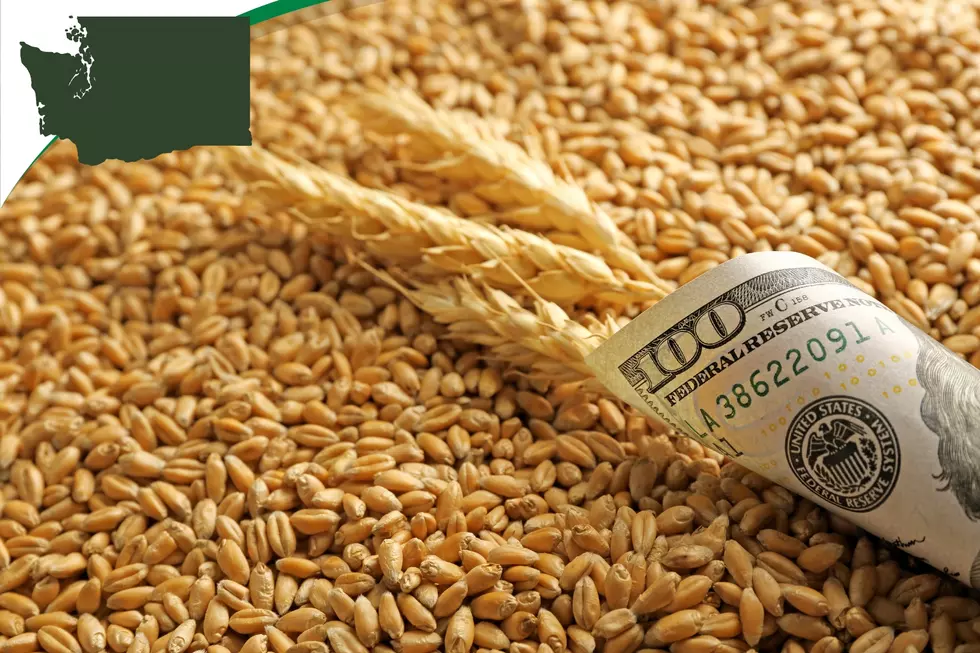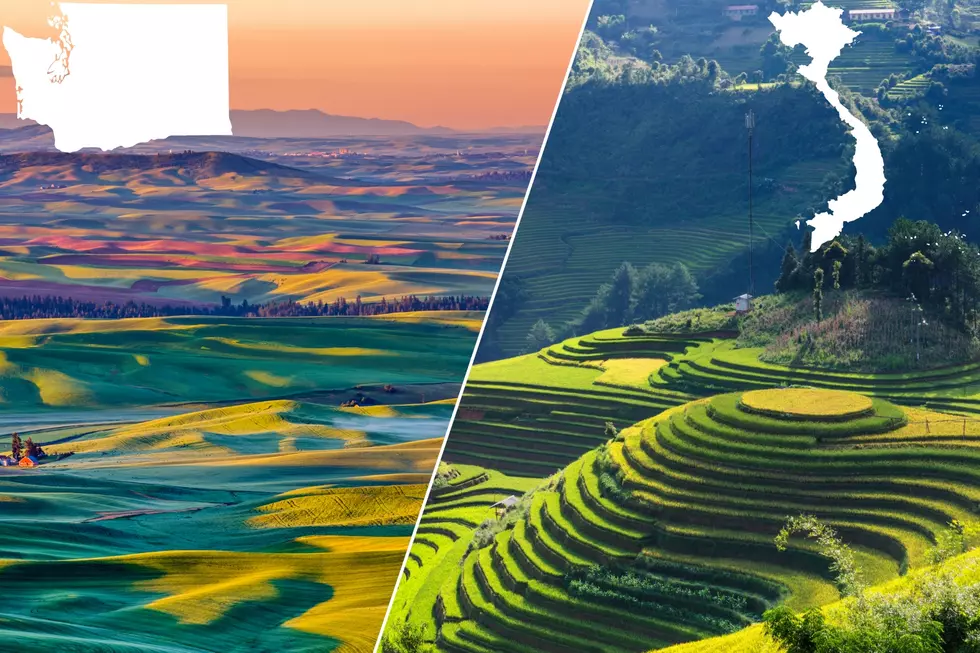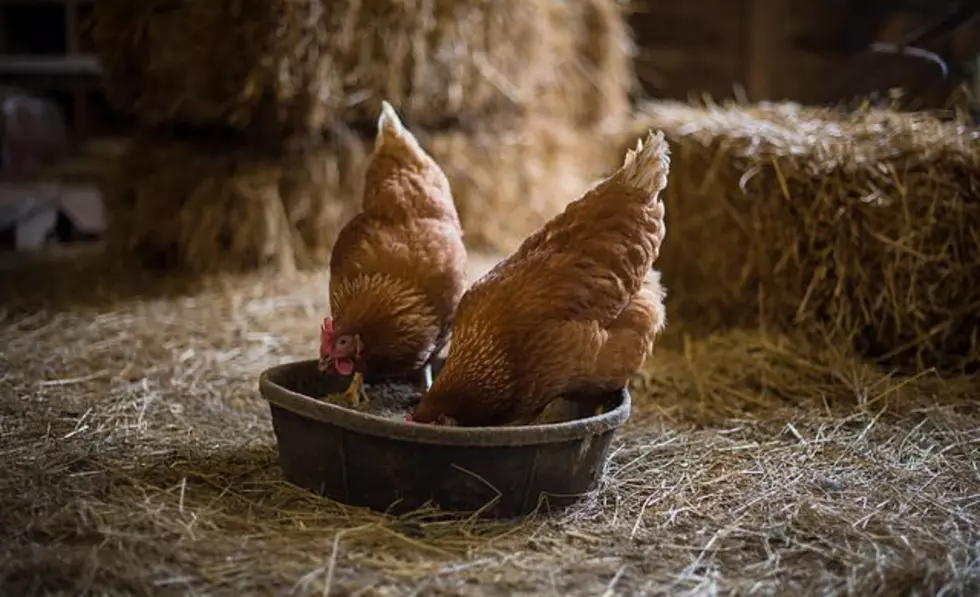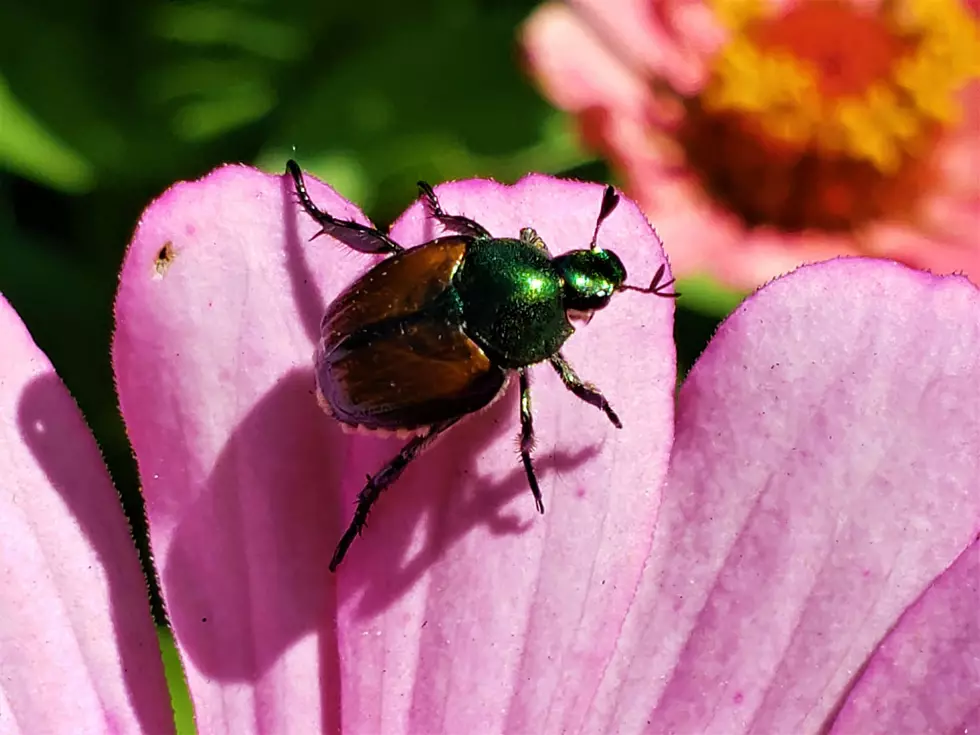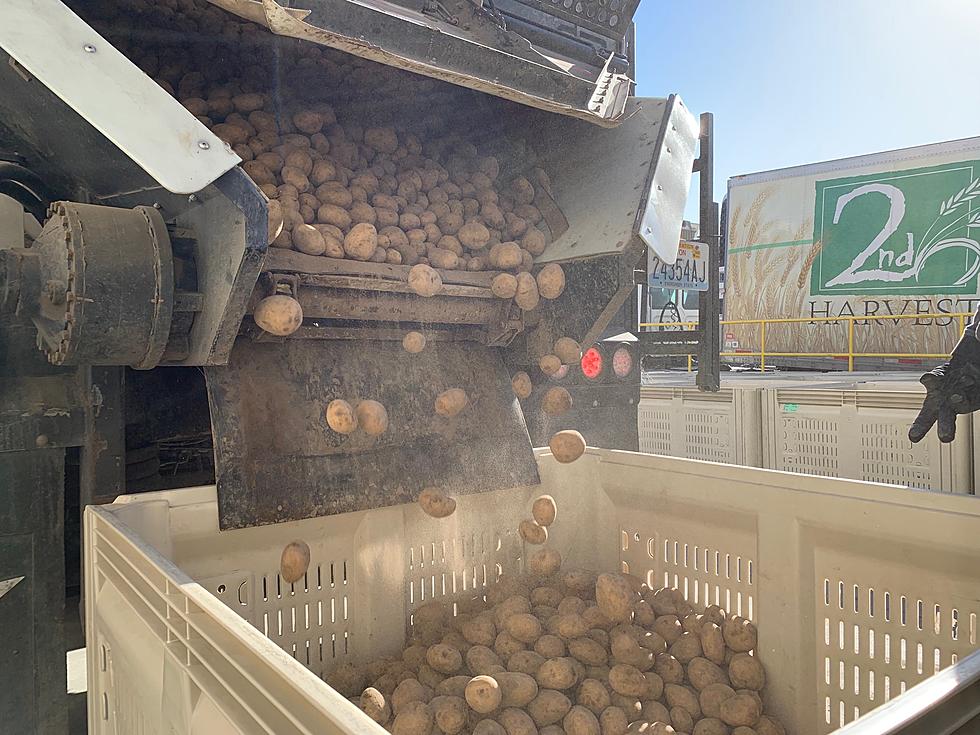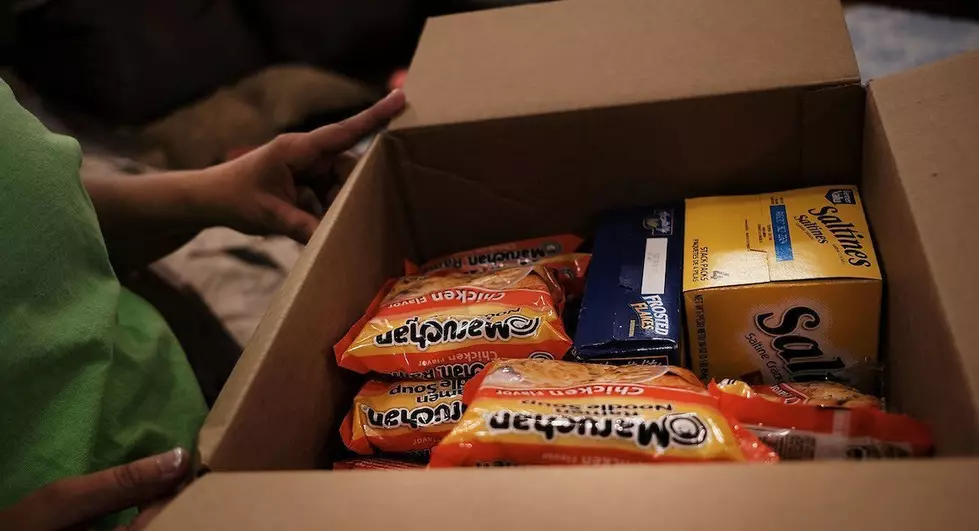
WA Department of Ag Helps the Hungry
At the height of the pandemic, as many as one in three Washingtonians experienced or were at risk of experiencing food insecurity. The Washington State Department of Agriculture (WSDA) stepped up to coordinate emergency measures with the We Feed WA program, which deployed more than $133 million in combined state and federal emergency relief funds to prevent hunger and stabilize the local food supply chain.
A new report from WSDA, “A New Vision for Hunger Relief: How We Feed WA is Shaping a More Effective, Equitable Approach to Emergency Food Relief in Washington State,” describes how We Feed WA effectively worked to empower communities, combat hunger, and increase equitable access to food across the state at a time when food insecurity was rapidly growing.
A New Approach to Hunger Relief in Washington State
Recognizing the need for a more equitable approach, WSDA initiated the We Feed WA Pilot Food Program in 2021. This program was created with the goal of providing hunger relief and support to communities, particularly those underserved by existing food assistance programs.
Through collaboration with hunger relief groups, community-based organizations, and food businesses, We Feed WA provides funding for emergency food for hungry people while supporting local food producers. What’s more, the program aims to address the diverse needs and preferences of communities in Washington state, ensuring culturally relevant and nutritious food options.
Striving for equity in hunger relief
Equity is a core value of We Feed WA, and the program sought guidance from the Washington State Office of Equity to ensure fair and inclusive processes in administering funding. Efforts are made to reach underrepresented individuals and communities throughout the state. Meanwhile, the program aims to address the diverse needs and preferences of communities in Washington state, ensuring culturally relevant and nutritious food options.
Impact of We Feed Washington
In its first year, We Feed WA provided approximately 14.8 million pounds of food to those in need. The program's partnerships have significantly expanded food access channels, reaching underserved communities and promoting economic viability for local producers. In total, over 155 hunger relief and community-based organizations, along with approximately 173 food businesses, have contributed to this impactful initiative.
Looking ahead
The success of We Feed WA in its first two years has led to continued funding, with $35 million allocated through June 2025.
Source: Washington State Department of Agriculture
12 Most Popular Things to Do in Washington in the Fall
Gallery Credit: Reesha Cosby
More From PNW Ag Network
